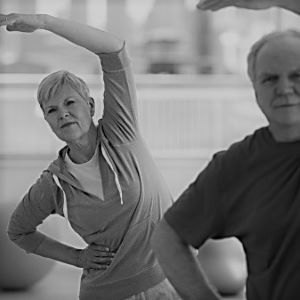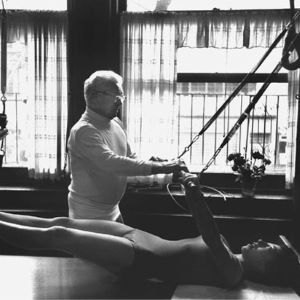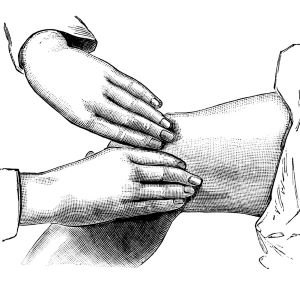‘The Pilates Method of Physical and Mental Conditioning is an intelligent approach to Movement Health.’
An exercise system that focuses on intelligent movement; the Pilates method can be helpful in the management of musculoskeletal and neuromuscular injury. Pilates sessions can have a fitness/wellness or rehabilitation focus depending on individual needs and the teachers background.
Pilates History
Joseph Pilates was born in Germany in 1883 and as a child experienced a variety of illnesses, because of this he dedicated himself to exercise and improving his physical condition. Joe trained as a gymnast and boxer; he also studied yoga, body-building and martial arts. When World War One started Joe was working in England as a circus performer and was subsequently interned. With lots of time and a population of idle interns to work with he began to integrate his exercise experiences into what he called ‘Contrology’. Following the war Joe migrated to New York where he established the first Pilates studio and spent the rest of his life evolving his ideas. This was the beginnings of what is now referred to as Pilates. Today Pilates is practised all around the world as a way to rehabilitate after an injury or surgery, enhance sports performance, increase wellness, improve posture and bring joy to exercise.
Pilates Benefits
The goals of the Pilates method are; development of a strong/stable core, increased flexibility and improved whole-body strength. Pilates exercises focus on body alignment, emphasise movement precision and explore the infinite possibilities of combining the power of the body and mind. Pilates is gentle enough for pregnant women and challenging enough for the elite athlete and is an unparalleled exercise system that improves strength, flexibility, co-ordination and control.




